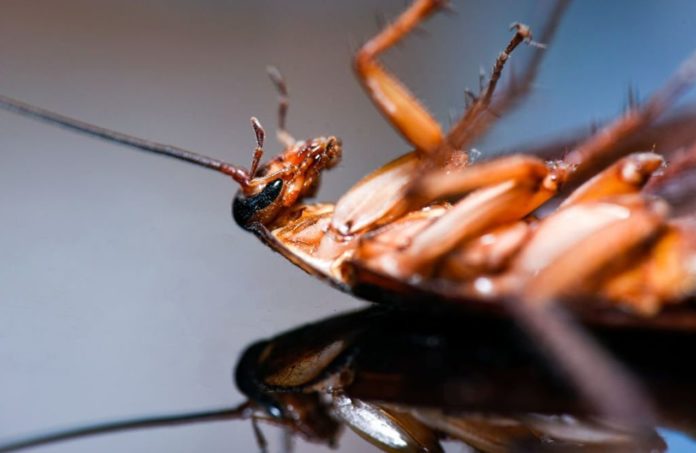Now, scientists who study insects no longer have to inject eggs. We can now change the genomes of insects at will. In theory, this strategy should work for more than 90% of bug species.
According to a paper published today in the journal Cell Reports Methods, authors introduced a CRISPR-Cas9 technique that enables gene editing in cockroaches.
The “direct parental” CRISPR (DIPA-CRISPR) approach, which is straightforward and effective, involves injecting materials into female adults where eggs are growing rather than into the embryos themselves.
“In a sense, insect researchers have been freed from the annoyance of egg injections,” says Kyoto University’s principal study author Takaaki Daimon. “We can now edit insect genomes more freely and at will. In principle, this method should work for more than 90% of insect species .”
Insect gene editing now relies on microinjection of materials into early embryos, which limits its application to a small number of species. Cockroaches, for example, have a unique reproductive system that has prevented genetic manipulation in the past. Insect gene editing also frequently necessitates costly equipment, a unique experimental setting for each species, and highly trained laboratory personnel. “These problems with conventional methods have plagued researchers who wish to perform genome editing on a wide variety of insect species,” Daimon explains.
To get over these constraints, Daimon and his colleagues used Cas9 ribonucleoproteins (RNPs) injected into the main body cavity of adult female cockroaches to introduce heritable mutations in developing egg cells. The findings showed that gene editing efficiency—the percentage of modified people among the total number of individuals hatched—could be as high as 22%. DIPA-CRISPR was found to be more than 50% effective in the red flour beetle. Furthermore, the researchers created gene knockin beetles by injecting single-stranded oligonucleotides and Cas9 RNPs together, however the effectiveness is low and needs to be increased.
DIPA-effectiveness CRISPR’s in two evolutionarily distinct species illustrates its potential for widespread usage. However, the method does not apply to all insect species, including fruit flies. Furthermore, the trials revealed that the stage of the adult females injected is the most important factor in success. As a result, DIPA-CRISPR necessitates a thorough understanding of ovarian development. Given the different life cycles and reproductive techniques of insects, this can be difficult in some species.
Despite these drawbacks, DIPA-CRISPR is widely available, extremely practical, and may be easily implemented in laboratories, allowing gene editing to be applied to a wide range of model and non-model insect species. For adult injection, the approach requires only two components: Cas9 protein and single-guide RNA, considerably simplifying gene editing procedures. Furthermore, ordinary Cas9, which is commercially accessible, can be used for adult injection, removing the requirement for time-consuming bespoke protein engineering.
“By improving the DIPA-CRISPR method and making it even more efficient and versatile, we may be able to enable genome editing in almost all of the more than 1.5 million species of insects, opening up a future in which we can fully utilize the amazing biological functions of insects,” Daimon adds. “In principle, it may be also possible that other arthropods could be genome edited using a similar approach. These include agricultural and medical pests such as mites and ticks, and important fishery resources such as shrimp and crabs.”
Image Credit: Getty
You were reading: For The First Time, CRISPR Has Been Used More Freely to Edit Insect Genomes
